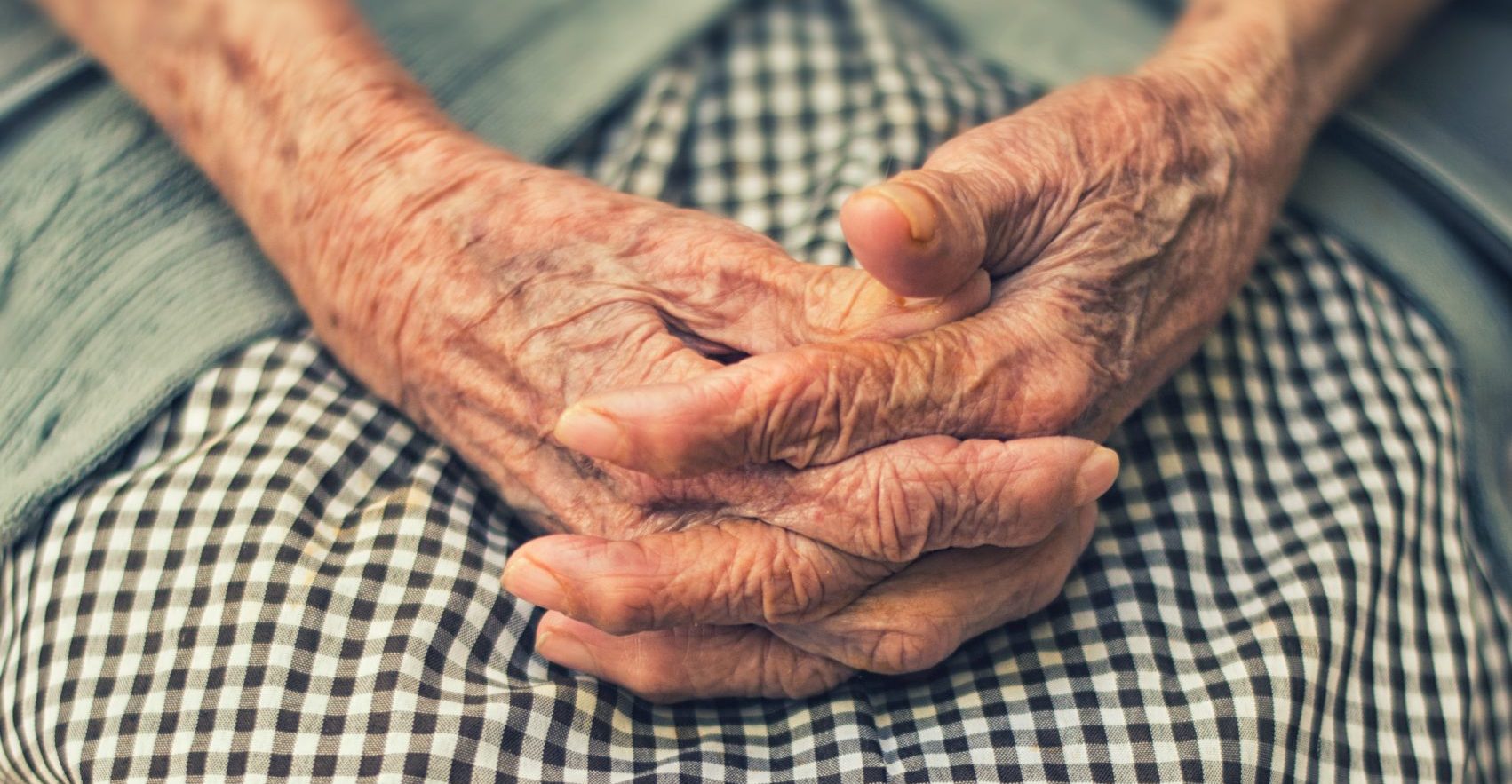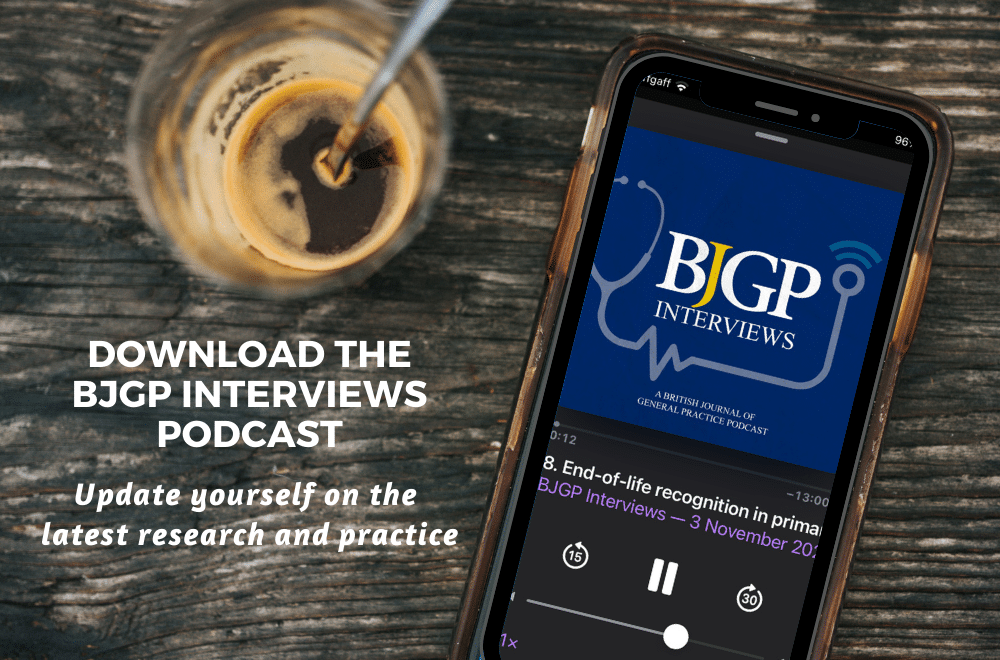 Sam Finnikin is an academic GP in Sutton Coldfield and the University of Birmingham with an interest in shared decision making. He is on Twitter: @sfinnikin
Sam Finnikin is an academic GP in Sutton Coldfield and the University of Birmingham with an interest in shared decision making. He is on Twitter: @sfinnikin
Without clinical guidelines we’d be lost. We’d have no map to navigate the extraordinary quantity of clinical research, or mechanism for judging its quality and value. Evidence based medicine is beholden to those who collate, appraise and distil new information into clear recommendations. However, simply following guideline recommendations is not sufficient to be able to claim one is practicing evidence-based medicine.1 Careful, caring and person-centred application of guidance is required to ensure patients benefit from, and are not harmed by, healthcare.
I’d like to talk about Joan, an 86-year-old lady who had rarely visited the surgery.* She’d spent the last five years caring for her husband who had recently died. Joan was understandably bereft, but, apart from some bother from her hiatus hernia, she was independent and well. One day, she drove down to the surgery for an urgent appointment. She was short of breath and had a heaviness on her chest. She was assessed and admitted directly to hospital.
On admission Joan was found to have ECG changes and raised troponins. She was treated for acute coronary syndrome and an echocardiogram showed severely impaired left ventricular systolic function. She was started on six new medications (see table below) and, soon after, she started feeling terrible. She felt nauseous all the time and developed a cough. However, her observations and blood results improved and she was discharged home after six days.
Joan contacted us at the surgery a few days later. She was still coughing and feeling nauseous and had started vomiting.
Joan contacted us at the surgery a few days later. She was still coughing and feeling nauseous and had started vomiting. She was treated for a chest infection but a week later she hadn’t improved. She’d taken to her bed and had become uncharacteristically reliant on her supportive family. When I saw her, she was convinced her medication was making her feel unwell. She dreaded taking them; an activity that took most of her day. She wanted to talk about whether she could stop her tablets.
We had a long discussion. It was apparent that Joan, and her family, did not know what the medications were for or the potential risks and benefits they offered. Whether this was because this wasn’t explained, or not retained, we’ll never know. I went over each medication with Joan to help her understand why they had been started and their potential effects. We also discussed what was important to Joan. She was clear that a long life was not her priority. In losing her husband, she’d lost her main reason for living. She wanted to join him. She was not depressed, just content with a life well lived.
Following our discussion, we agreed to stop any medication that did not give her symptomatic benefit. I also organised support at home and input from the palliative care team. The next week Joan was feeling much better. She was still short of breath at times, but the nausea had resolved and she was able to enjoy food again. She was more content and felt more in control. Just a few weeks later, Joan died peacefully, at home with her family; a good death.
However, omitting shared decision making can be just as harmful to patients as being ignorant of clinical recommendations.
I have no doubt that the hospital team intended on doing the best for their patient by starting evidence-based treatments and stabilising Joan’s clinical condition. I wonder how Joan’s story could have been different if clinicians considered the NICE shared decision-making guidelines2 with the same regard they gave to the heart failure guidelines?3 I am certain that incorporating Joan’s preferences and values into decision making could have resulted in a different path, if not a different outcome.
We clinicians worry that if we do not implement recommendations in clinical guidance we may invite criticism or litigation. But this ignores what David Haslam, past chair of NICE, referred to as the guideline’s ‘terms and conditions’: “It is not mandatory to apply the recommendations, and the guideline does not override the responsibility to make decisions appropriate to the circumstances of the individual”.3 It takes time and skill to navigate these decisions, especially at times when patients are acutely unwell. However, omitting shared decision making can be just as harmful to patients as being ignorant of clinical recommendations. We can no longer afford to consider it as an optional extra.
Joan bore no discontent towards the cardiology team. She knew they were trying to look after her heart. Joan, and her family, understood the immense pressure we’re all under, and that careful, patient-centred care takes time. They wanted me to tell her story to encourage us all to think beyond guidelines and consider the person on the receiving end of the recommendations and, critically, what matters to them, not simply what’s the matter with them.
|
Medication prior to admission
|
Medication on discharge |
| Lansoprazole 15mg OD | Lansoprazole 30mg OD |
| Clopidogrel 75mg OD | |
| Furosemide 40mg OD | |
| Bisoprolol 2.5mg OD | |
| Ramipril 2.5mg OD | |
| Atorvastatin 80mg OD | |
| Dapagliflozin 10mg OD |
References
- Sackett DL, Rosenberg WMC, Gray JAM, Haynes RB, Richardson WS. Evidence based medicine: what it is and what it isn’t. BMJ. 1996;312(7023):71-2.
- National Institute for Health and Care Excellence. NICE guideline [NG197]: Shared decision making 2021 [Available from: https://www.nice.org.uk/guidance/ng197.
- National Institute for Health and Care Excellence. Clinical guideline [CG187]: Acute heart failure: diagnosis and management. 2021 Available from: https://www.nice.org.uk/guidance/cg187
*Editor’s note: Appropriate consent has been obtained to use this case history.
Featured photo by Danie Franco on Unsplash





Excellent article for caring GP.This highlights how important patient based holistic approach to the treatment.
In this case patient is content considering her loss and the life they lived together.
No matter what she wanted “to be with her beloved husband” not having intolerance to her new medications.Guidelines are there for us to practice Good Medical Practice but patient centred care and decision making is the quality of care.
A story of Joan (link here), an elderly patient, appeared on my increasingly chaotic Twitter timeline. It was applauded by medics. In contrast, I was struck by how little we get to hear from her. And so, in this post I want to ask the question of what Joan actually said.
So, I re-read the story and wanted to find Joan’s voice. As I expected, there was none to be found. Much what Joan said is reported, but there is nothing that actually offers insight into what she had said. The story only tells us how the doctor interpreted her words.
Before I continue, I want to make a reservation. I have absolutely no reason to doubt the genuineness and sincerity of Dr Finnikin’s story. I also have no doubt that its source is concern for the patient and their well-being. So, I want to use the story as an example of how the patient is backgrounded even in the most empathetic and caring narrative.
So, apart from reference to Joan’s contacting the surgery, the first glimpse of what Joan might have said is this:
When I saw her, she was convinced her medication was making her feel unwell. She dreaded taking them; an activity that took most of her day. She wanted to talk about whether she could stop her tablets.
You might wonder why I say that the fragment refers to what the patient said. Well, the doctor cannot possibly have known that the patient was convinced of something unless the patient had told them (they might have done something, like banging her fist on the table, but, realistically, she must have said something). What is fascinating about the fragment is that the patient’s communication is now represented as a mental state. So, instead of:
Joan told me that her medication was making her feel unwell.
We have
Joan was convinced.
And then we have reference to her fear and her wishes.
Why do it then? Why represent Joan’s words by referring to what she was thinking or wanting. Well, such a strategy offers two benefits. First, and probably more important, it offers us only the medic’s perspective. What was said no longer matters, we only get to see the words shaped by the perspective of the other participant. It’s even hard to challenge the accuracy of the report, as the challenge can only be to the medic’s interpretation. Second, it also offers the medic an opportunity to remove any potential hesitation on the part of the patient. In other words, ‘she was convinced’ removes any hesitation on the part of the patient. Was she really convinced? What did she actually say to make the medic think that? Well, such questions will never be answered.
I want to stress again. I am not suggesting at all that Dr Finnikin is not sincere in his account. I am certain he is. He simply speaks like medics do. Medics do interpret and re-interpret what patients say (there is literature on this, including my own research). Doctors’ notes remove what patients say offering only their interpretation of what had been said. Dr Finnikin draws upon a particular set of communicative practices which construct doctors’ interpretations as objective. In a review of my article, the reviewer once wrote that doctors’ notes are an objective account of what the patient said. Needless to say, it’s utter and complete nonsense but the editor accepted it. Yet, as we see such practices in the article, just as Justyna Ziółkowska and I saw them in our research on doctors’ notes in Poland.
If you read the article further, you will see that Joan’s words are consistently re-cast as her mental states. Instead of speaking, Joan knew, understood, lost reason, wanted, was content. All interpretations, all based solely on how the GP interpreted the patient’s words. But there were a couple of moments when this consistency was broken.
We also discussed what was important to Joan. She was clear that a long life was not her priority.
The first sentence frames the other, in other words, it offers a context in which the sentence must be seen. This time, however, instead of referring to a mental state, the author is telling us about the quality of the message – the patient was apparently clear. So, was she not so clear before, if you must stress it now? What made the message particularly clear? Was it that the patient said: “I am/want to be very clear”? Did she repeat her statements to make sure they would be understood? We’ll never know.
Let’s do some conclusions. There are many ways in which to report what someone said. You can do it by simply quoting it verbatim, e.g. “The patient said: my medication is making me feel unwell”. Assuming that the quote is accurate, we do actually learn what the patient said. A reservation here. Justyna Ziółkowska and I studied doctors’ notes referring to interviews they had conducted (we had recordings of those interviews). All the notes we analysed contained misrepresentations of what the patient had said. All of them!!
You can also suggest that how you interpreted the patients words, as in e.g. The patient stated/claimed/decided/….. There is much research on verbs of speaking and interpretations they offer. For example, ‘claim’ tends to suggest that we don’t believe what was said. Still we get to hear what the patient said.
The far end of the spectrum is when the patient’s words are not reported at all. This is what Dr Finnikin wrote: “she was convinced her medication was making her feel unwell”. There is no way of knowing what was said. It may well have been something like:
I hate this medication. I really do.
If so, is it an interpretation too far then? There is no way of knowing.
It is also important to understand that such reports become an institutional truth. Consider that in the study I referred to above, a patient said that they couldn’t sleep after taking a medication. In the notes, the clinician wrote that the patient slept well after taking the medication. It doesn’t take much imagination what would happen if there were a dispute. Who, do you think, would be believed? The notes are the institutional truth about the patient. Remember? They’re apparently objective.
Making sure that we get to hear what the patient said is not only about ‘the patient’s voice shining through’, it is also to do with the very ethical foundation of doing healthcare. So, whenever you report what you patients say, consider how you should do it. Consider also why you do it in the way you do.It’s way more important and complex that you might think.